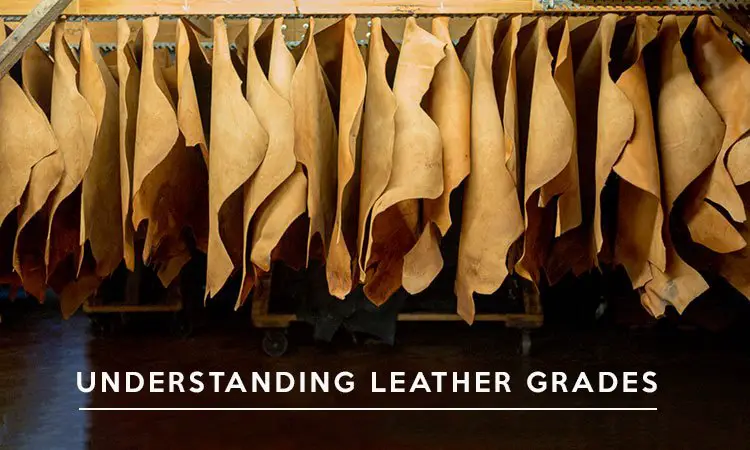
A Simple Guide to Leather Grading
If you regularly buy leather products, you might have a general idea of leather grades and what they entail. However, even if you are a leather lover, it can be difficult and even intimidating to understand all that goes into the leather grading process. Whether you’re on the hunt for the perfect wallet or a reliable, durable belt, the leather grade can tell you a lot about what you’re investing your hard-earned cash on.
Not all leathers are created equally and before you begin your search for that perfect leather product you need to know how leather types dictate the quality and whether or not the price is fair, the item will last and how will it age over time. With that said, I’ve done some research on the nitty-gritty to give you a better idea of the various grades and how they’re determined. Let’s dive in.
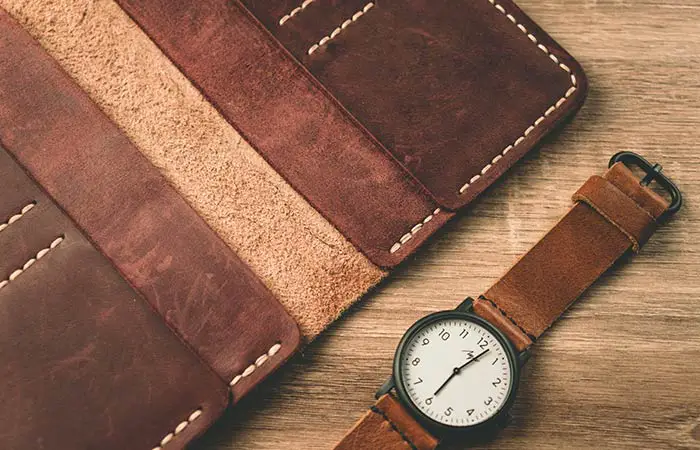
The Leather Grades
While there is no technical nor official standard for grading, there are four primary commonly-known categories of leather, including the following:
- Full-grain leather
- Top-grain leather
- Split-grain leather
- Bonded Leather
Most tanneries set their own leather standards; although, they are more commonly determined based on cosmetic attributes rather than quality. Regardless, the four grades listed above each classify leather-based on how the hide is split and finished, and they certainly do have their determining characteristics.
Splitting the Hide
After tanning and processing the cowhide, or the rawhide, tanneries then move on to “split” the hide. The hide itself has particular layers from which the leather is made, which is equally as telling about the quality. The layers include, from the bottom up, the flesh, the corium (large collagen bundles), and the grain. Manufacturers typically advise tanneries to split the hide at the level they wish to categorize their retailed leather products.
All hides range in thickness—some up to 10 mm and some as thin as 6 mm—and are split in half horizontally to create two separate sections that generally determine the quality of the leather they’ll become. The video above is a great introduction to letter splitting and gives a more detailed look into the process.
Top Cut
The top cut of the cowhide is the most valuable section, providing the highest quality leather. Both full and top-grain leather is derived from the top cut.
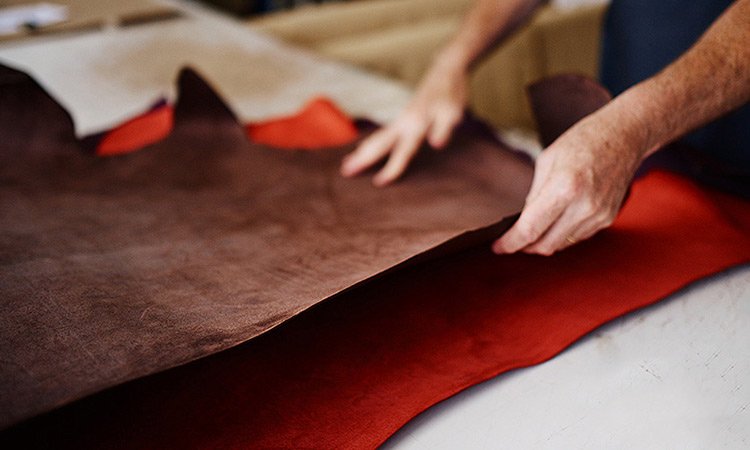
Full-grain Leather
If you’re looking for something that can be passed down from generation to generation and eventually become a family heirloom, stick to full-grain. Full-grain leather is the piece of the hide that has the entire grain, or the top layer, still intact. In this case, “intact” means that the top layer hasn’t been altered at all—aside from hair removal. Full-grain allows for moisture and oils to continue to be absorbed, promoting the leather to develop and become even more beautiful as the product ages. It is also the most durable and long-lasting of all the grades.
With the full-grain intact, most items that are manufactured from full-grain leather will maintain any original scarring and blemishes, which makes for higher quality in the leather industry. More imperfections make for more authentic and valuable leather.
Top-grain Leather
Top-grain leather is deeply misunderstood by most. The term “top” makes many people assume that it is the most superior; however, top-grain merely refers to it being obtained from the top cut. But then again, so is full-grain. Top-grain should be equally as valuable coming from the same piece. So, where do they differ?
The primary difference between full and top-grain leather is that top-grain is sanded and colored, often to produce consistency for retailers. The coloring process leaves top-grain leather pores to close, resulting in unbreathable leather. The pores close, and the top-grain doesn’t allow for moisture or oil to be absorbed. Durability remains in question, but the common belief is that top-grain is just as sturdy as full.
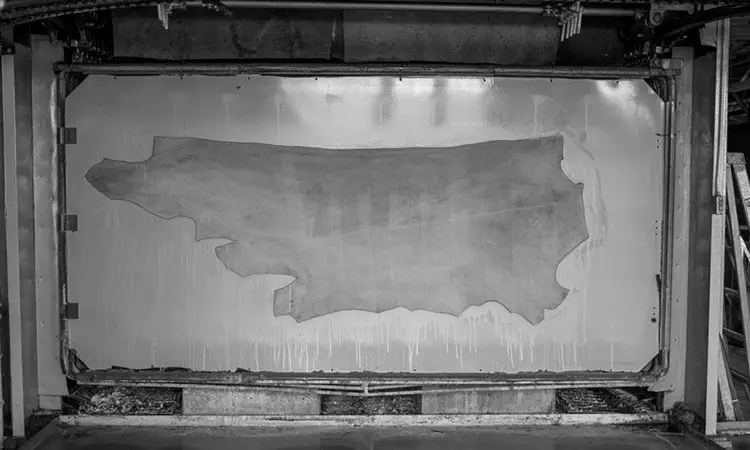
Bottom Cut
The top cut is the most useful section of the hide, and the bottom cut gets the short end of the stick. The bottom is typically known as the “leftovers” and is often split even further. When it comes to bottom cut leathers, quality issues begin to pop up.
Split-grain Leather
Split-grain is the bottom of the cut. It doesn’t have any natural markings or grain. The most commonly-known products made from split-grain leather are suede, and it is usually used to create the soft linings of other leather products.
Split-grain leather is also known as “genuine” leather. So, if your leather bag claims to be genuine, it’s probably just the leftovers of the hide. Bluntly put, genuine leather is almost the bottom of the barrel, but it’s best to think of it as a mere inch above that. It’s still leather, of course. But genuine leather is most likely nothing similar to what you’re looking for; watch out for the term as it often fools people into paying more for lesser quality leather.
Bonded Leather
Now, bonded leather actually is the bottom of the barrel. Bonded leather is quite literally shredding and scraps of leather mashed together with glue, vinyl, and plastic. The result? Low-quality handbags and inexpensive office chairs definitely will not stand the test of time. Even faux leather is more durable than bonded.
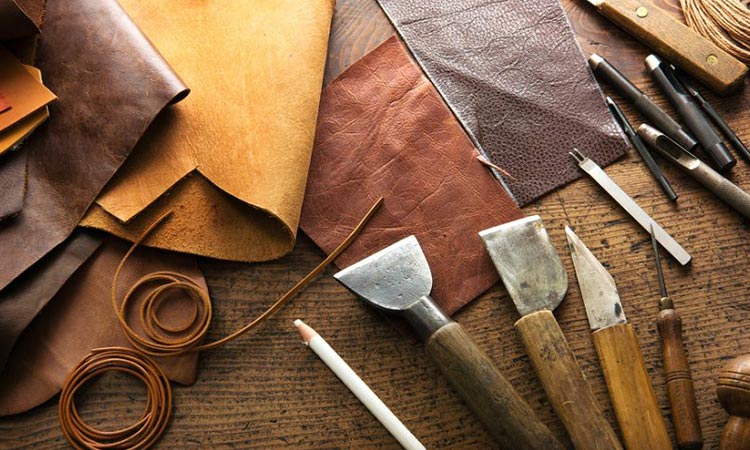
Final Verdict
So, there you have it: a simple guide to leather grading. Two grades certainly out-do the others in terms of quality, both full and top-grain. If you’re searching for leather that is worth both your time and money, full-grain takes the cake. It’ll last a lifetime plus some, so it’s definitely worth its cost. Keep a lookout for the stamp that categorizes a leather item and use the necessary knowledge to get the best bang for your buck on your next quest for leather.
Personally speaking, I’d never shy away from trying to get your hands on the best leather grades of leather possible. It looks nicer, lasts long, and honestly shouldn’t cost you much more than the poor quality stuff. You generally find many brands that charge too much for the poorer quality stuff as they know most people don’t know the difference between leather types.
